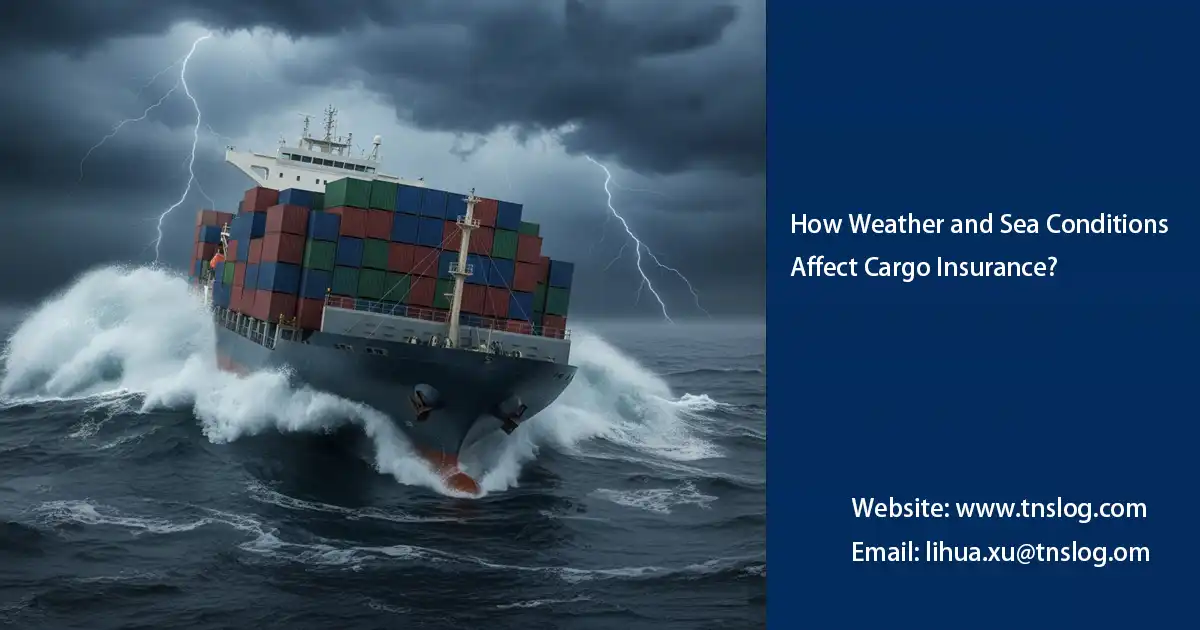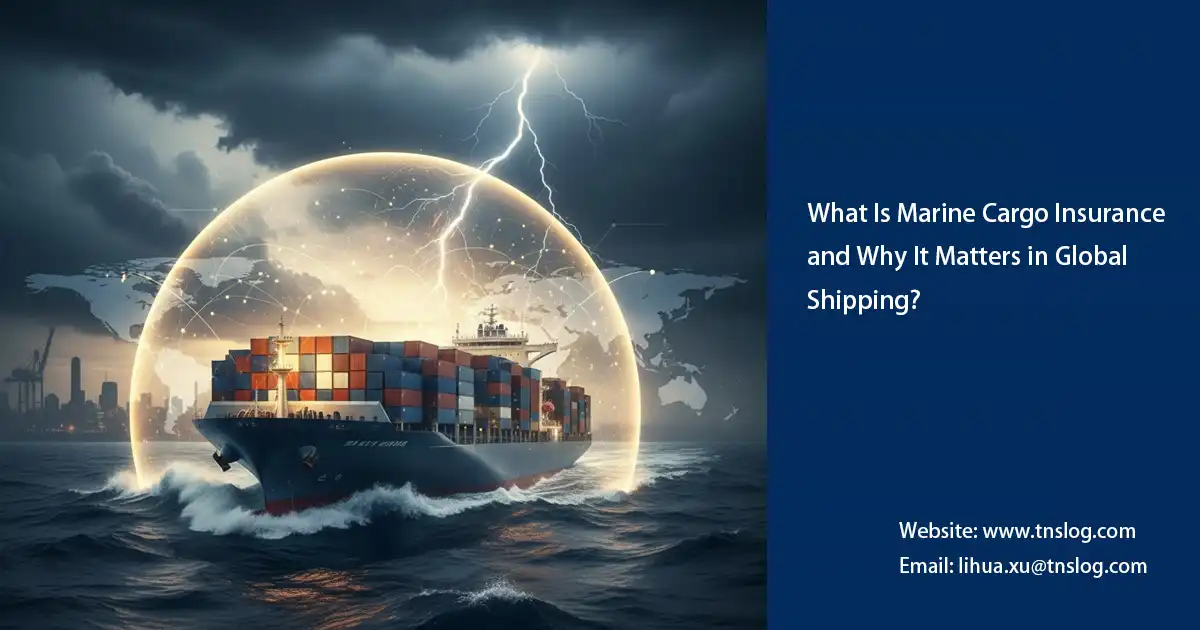Common Charges for Ocean Freight Shipping
Learn about the various charges for ocean freight in shipping, from basic fees like Ocean Freight (O/F) to additional surcharges like Peak Season Surcharge (PSS) and Container Imbalance Charge (CIC), ensuring smooth global trade operations.

Charges for Ocean Freight including :
1. O/F (Ocean Freight)
Ocean Freight is the core cost in sea transportation, calculated based on the weight, volume, and distance of the cargo. Like a taxi fare, heavier or larger cargoes, or longer shipping distances, increase the cost. Additional factors like fuel prices, market demand, and seasonality also affect this fee.
2. THC (Terminal Handling Charge)
Covers port handling operations such as loading/unloading your cargo. Think of this as the cost for manpower and equipment needed to move goods at the port.
3. DOC (Documentation Fee)
Charged for preparing essential shipping documents like the Bill of Lading and Customs Declaration. It’s the administrative cost of ensuring all necessary paperwork is in place for the shipment.
4. SE (Container Seal Fee)
A security measure to ensure the container remains sealed during transit. It’s like paying for a lock to secure your goods.
5. BAF/FAF (Bunker Adjustment Factor)
A surcharge to cover fluctuating fuel costs, similar to the rising costs of driving as fuel prices increase.
6. CAF (Currency Adjustment Factor)
Charged when the shipping company’s currency depreciates, compensating for currency exchange losses.
7. PSS (Peak Season Surcharge)
A fee is applied during busy shipping seasons, akin to paying more for hotels during holiday peak seasons.
8. PCS (Port Congestion Surcharge)
Charged when ports are congested, causing delays and increased operational costs, similar to a taxi charging extra for waiting in traffic.
9. WRS (WarRisk Surcharge)
Applied for shipping routes through war zones or risky regions, covering potential hazards.
10. CIC (Container Imbalance Charge)
A fee to adjust the imbalance in container flows between different regions, ensuring supply remains efficient.
11. CDS (Cargo Diversion Surcharge)
Charged when a shipment’s destination is changed during transit, like paying extra to reroute a trip.
12. ISPS (International Ship and Port Facility Security) Fee
A fee to enhance security at ports and ensure international compliance with safety standards.
13. TLX (Telex Release Fee)
When a fast release of the Bill of Lading is required for urgent cargo clearance, this fee applies, similar to paying for expedited document delivery.
14. AMS (Automated Manifest System Fee)
Charged for submitting detailed cargo information to the U.S. customs system, ensuring compliance with regulations.
15. ACI (Advance Cargo Information) Fee for Canada
Similar to AMS, this is charged for submitting cargo details to the Canadian customs system.
16. ENS (Entry Summary Declaration) Fee for the EU
Fees are charged for submitting import documentation to the EU prior to cargo arrival.
17. ABY (Transshipment Fee)
Charged when cargo needs to switch between ships or transport modes mid-journey, like switching buses during a long trip.
18. ALM (Cargo Stowage Fee)
For special cargo that requires precise stowage, this fee ensures cargo stability and safety.
19. EQH (Equipment Hiring Charge)
For renting specialized shipping equipment like refrigerated containers, akin to renting a specialty vehicle.
20. EHC (Roll-on/Roll-off Equipment Handling Charge)
For cargo requiring special equipment for loading/unloading, covering the additional cost of these operations.
21. EBA (Emergency Bunker Surcharge – Africa/Latin America routes)
An emergency surcharge when fuel costs surge unexpectedly, common in African or Latin American routes.
22. EBS (Emergency Bunker Surcharge – Japan/Australia routes)
Similar to EBA but applied to Japanese and Australian shipping routes.
23. ECR (Empty Container Return Fee)
Charged when containers are returned empty to certain locations, covering the cost of repositioning.
24. ERC (Empty Container Repositioning Charge)
A similar fee to ECR is charged for relocating empty containers back to their origin.
25. ESS (Emergency Space Surcharge)
Applied when cargo space is limited, similar to paying more for a last-minute flight during a busy season.
26. GRI (General Rate Increase)
A general rate adjustment based on market conditions, like price changes in retail due to demand.
27. PCC (Panama Canal Charge)
A surcharge for transiting through the Panama Canal, covering the toll costs.
28. CLB (Container Cleaning Fee)
Applied when containers require cleaning after use, similar to cleaning fees for rental properties.
29. CMC (Container Management Charge)
Covers storage, maintenance, and overall management of containers, akin to warehouse rental and upkeep fees.
30. COD (Change of Destination Fee)
Charged when the shipment’s destination is changed mid-journey, like rerouting your travel plans.
31. DEM (Demurrage Charge)
Charged when cargo exceeds the free time allowed at ports for loading/unloading, encouraging timely operations.
32. EIR (Equipment Interchange Receipt) Fee
A charge for handling equipment interchange documents is required for container handover procedures.

Understanding charges for ocean freight is crucial for optimizing your shipping strategy and staying competitive in the global market. By familiarizing yourself with these fees, you can better manage costs and avoid surprises. Ready to streamline your shipping operations? Partner with a logistics expert who can guide you through every step and ensure you’re maximizing efficiency.
Get in touch with us today to discuss how we can help optimize your freight processes and keep your costs under control! Let’s make your shipping smarter and more cost-effective.
You may also be interested in

How Weather and Sea Conditions Affect Cargo Insurance?
How Weather and Sea Conditions Affect Cargo Insurance? Weather and sea conditions are among the most uncontrollable factors in maritime transportation, directly impacting operational risks

What are Incoterms?
What Are Incoterms ? Incoterms define the responsibilities of sellers and buyers in international transactions. These terms outline who is responsible for transporting goods, who

What Is Marine Cargo Insurance and Why It Matters in Global Shipping?
What Is Marine Cargo Insurance and Why It Matters in Global Shipping? Have you ever wondered what would happen if your cargo was lost, damaged,

5 Common Shipping Mistakes and How to Avoid Them
5 Common Shipping Mistakes and How to Avoid Them Shipping internationally can be challenging, as even a small mistake might result in expensive delays, penalties,
